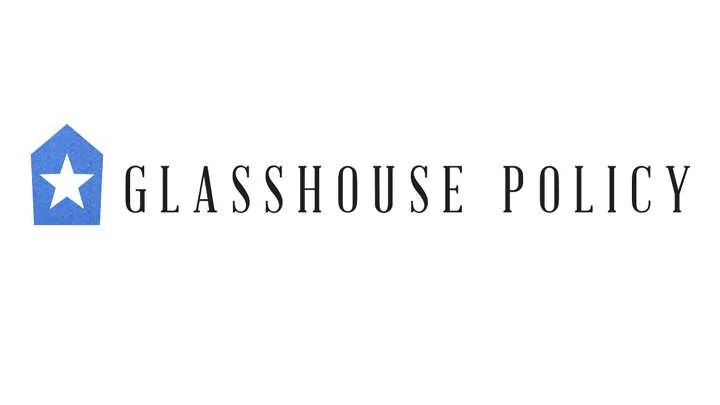

1. Where can people live? We need to 2. Where can people work? answer four 3. Where can people play? questions: In 2042, a projected 1,328,046 will live in the City of Austin. How do we design an Austin for all?
I keep hearing about this “Affordability Crisis” Most economically segregated City in the country Austin has a 41,000 affordable housing unit shortfall (2014 estimates put that number at 48,000) Poor land-use policy has driven up cost of living Sprawl and mobility costs driven up by suburbanization Lack of transit accessibility Lack of affordable housing Source: 2014 Comprehensive Housing Market Analysis, City of Austin
More than 1/4 of Austin residents have How are market sought additional employment to pay for changes actually housing costs. affecting 31% of renters have gone without health people? care to afford housing. Overall, half of renters and 28 percent of owners pay more than 30 percent of their gross income toward housing costs and are “cost burdened.” Source: 2014 Comprehensive Housing Market Analysis, City of Austin
Mobility’s role in the affordability conversation Each year, the average Austinite spends $8500 on transportation costs to and from work. Residents of low density areas that have to travel longer distances spend around 33% more time per year on their commute compared to a resident of a higher density area. Source: ACS 2014 (5-Year Estimates), U.S. Census Bureau SE:T129. Travel Time To Work for Workers 16 Years and Over.
Isn’t there also a mobility crisis?
Yes, and it is in part due to our current land use policies Today, almost 350,000 people commute into the City of Austin from the surrounding region each morning 80% of those people drive alone in a single-occupancy vehicle (SOV) Sprawl has contributed to our growing mobility crisis From 2000 - 2010, Austin was one of the urban areas that sprawled the most in the country. Source: US Census OnTheMap 78701 Inflow-Outflow Analysis “Internal Jobs Filled by Outside Workers” (2014); US Census OnTheMap 78701 DistanceDirection Analysis “Distance/Direction Report - Work Census Block to Home Census Block” (2014); Jaffe, Eric. "The U.S. Cities That Sprawled the Most (and Least) Between 2000 and 2010." CityLab. The Atlantic, 4 June 2014.
Sprawl and affordability Increases in sprawl are associated with: Higher housing occupancy costs and higher public service deficits Less accessible public transit overreliance on single-occupancy vehicles limits physical as well as economic mobility. In non-sprawl, mixed-use areas: Vehicle miles traveled fall Annual traffic fatalities fall Trips by transit and walking increase Reduced class segregation Sources: . Burchell, Robert W., and Sahan Mukherji. “Conventional Development Versus Managed Growth: The Costs of Sprawl.” American Journal of Public Health; Ewing, Reid, Rolf Pendall, and Don Chen. Measuring Sprawl and Its Impact: Volume 1. Rep. N.p.: Smart Growth America.
Getting back to CodeNEXT A good CodeNEXT would: 1.Meaningfully reduce the rate of housing cost increases 2.Contribute to mode shift away from single-occupant car commutes 3.Increase economic and racial integration
Any conversation about CodeNEXT should answer one of those questions
There are best practices to facilitate high capacity transit
There are best practices to facilitate housing price stabilization According to the (Obama) White House’s Affordable Housing Toolkit: Establish by-right development Eliminate off-street parking requirements Allow accessory dwelling units Enact high-density and multifamily zoning Each of these can be achieved through CodeNEXT
Francisco Enriquez francisco@glasshousepolicy.org
Recommend
More recommend